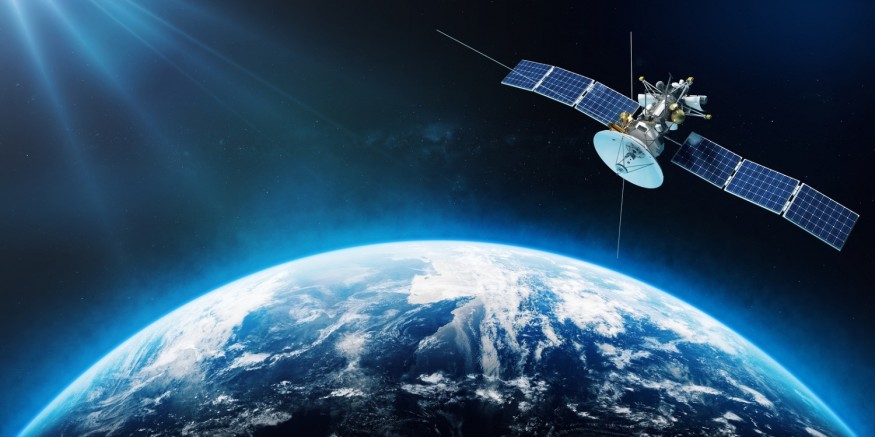
After much anticipation and a few delays, the new GPS satellites have been launched. At the same time, it is important to remember that the satellites are going to be ramped up gradually. Not all of the features are going to be available from the outset. By 2022, the satellites will be in full swing. Therefore, it is important for everyone to use the next couple of years to familiarize themselves with the science behind these new satellites.
GPS has become an integral part of people's lives over the past few years. While some people might not realize the applications of these satellites, they are known for everything from navigation in vehicles to providing directions on mobile devices. Some people might not even realize that GPS satellites actually play a role in providing the timestamps that end up on bank transactions. According to the Air Force, about 4 billion people use GPS satellites all over the world. Satellites are still maintained by the Air Force to this day.
The new generation of satellites, called GPS III, is now orbiting the planet. They have a much stronger military signal. This is going to be one of the most important features, given that Norway recently accused Russia of disrupting their GPS signals as NATO was conducting a military exercise. In this day in age, security is critical when sensitive information is being transmitted via satellites.
In addition, GPS III is going to provide a new civilian signal. This is going to be a signal that is going to work well with navigation systems from other countries as well, including the Galileo system that is used by the European Union. This means that civilians who are using GPS signals in this country will be able to receive the new signal and have more satellites to use. This is going to improve the accuracy of the GPS results handled by companies such as GPSWOX. If the phone is looking for satellites, it is important for it to spot as many satellites as possible. This is going to make it easier for the device to triangulate the position. In short, the new satellites are expected to provide location information that is up to three times more accurate than the prior generation.
In the end, it is good that the new satellites are up in the air. There are months of delays that placed them significantly behind schedule. This related to components that were delivered late as well as components that needed to be tested multiple times. Now, the time has come to boot up the satellites and see what they can do. There is a lot of excitement surrounding the new satellites.










